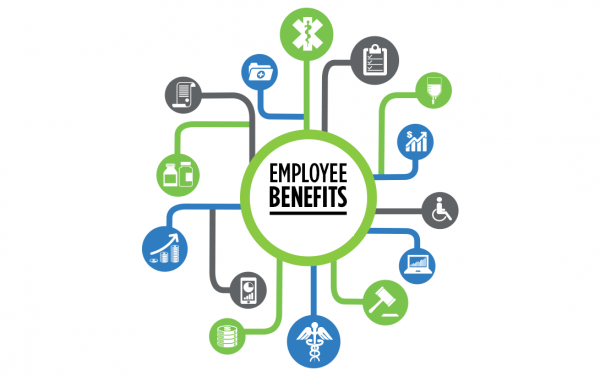
Wage inequality in the United States has been increasing for four decades, and there are documented wage gaps by education, race, and gender. But new research shows that as big as wage inequality is in the United States today, benefit inequality is worse. And these gaps especially affect low-income Americans.
The United States is unusual in that retirement benefits, health care, and paid leave are tied to employment rather than provided by the federal government. Employer-based benefits such as pension plans and employer-based health care therefore are not simply “extras,” but instead are the core of how Americans access health and other well-being resources.
Just as some jobs pay much higher wages than others, some jobs come with much more extensive benefit packages. To examine the pattern within these benefit packages, Tali Kristal, Yinon Cohen, and Edo Navot examined the Bureau of Labor Statistics’s Employer Costs for Employee Compensation microdata. These data include the hourly cost of benefits for a nationally representative sample of jobs. The jobs are linked to employers, allowing researchers to track employer practices over time in a variety of sectors.Looking at the time period between 1982-2015, inequality in benefits grew more than twice as fast as inequality in wages. Benefit inequality is larger than wage inequality both between and within workplaces (meaning both when comparing line workers at two different companies and when comparing a janitor to a CEO). Benefit inequality is only slightly higher than wage inequality within workplaces — largely because both are so high and have grown so much since the 1980s. But between-workplace inequality was almost six times higher in total benefits than in wages, indicating that the measure of a good job is more about benefits than the weekly paycheck.
Why has benefit inequality grown? The authors have two answers: the decline of unions and the increase in nonstandard employment practices. Fewer and weaker unions mean less employee pressure for employers to provide strong benefits. Unions are especially effective at advocating for more equality in benefits, so the loss of union power is felt more in benefits than in wages. In addition, changes to employment practices including classifying more workers as independent contractors, temporary, or part-time mean that fewer workers qualify for generous benefit packages. A key part of these authors’ analysis is that workplaces have more control over the setting of benefits than the setting of wages, making benefits an easier place to decrease total compensation.While wage inequality is mostly a story of the richest Americans separating themselves from the middle-class, benefit inequality is largely a story of low-income jobs getting worse. For instance, while large firms can more easily provide a good package of benefits to all of their workers, these firms have increasingly subcontracted janitorial, food service, and delivery work.
Benefit inequality is increasingly visible and increasingly life-or-death. These statistics represent the lives of workers who lack paid leave and health care during a global pandemic, and this article is a crucial addition to our understanding of how inequality matters today.

Comments